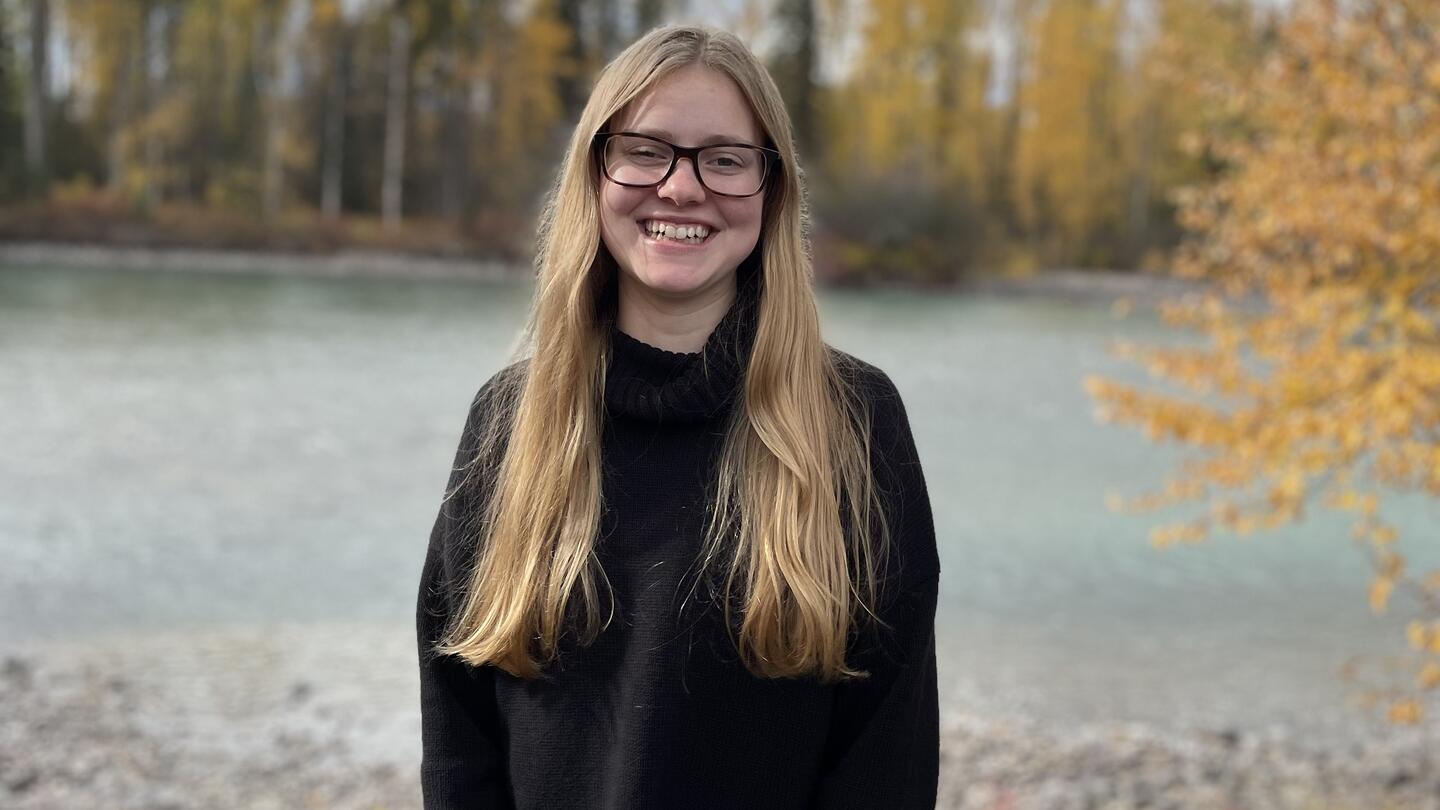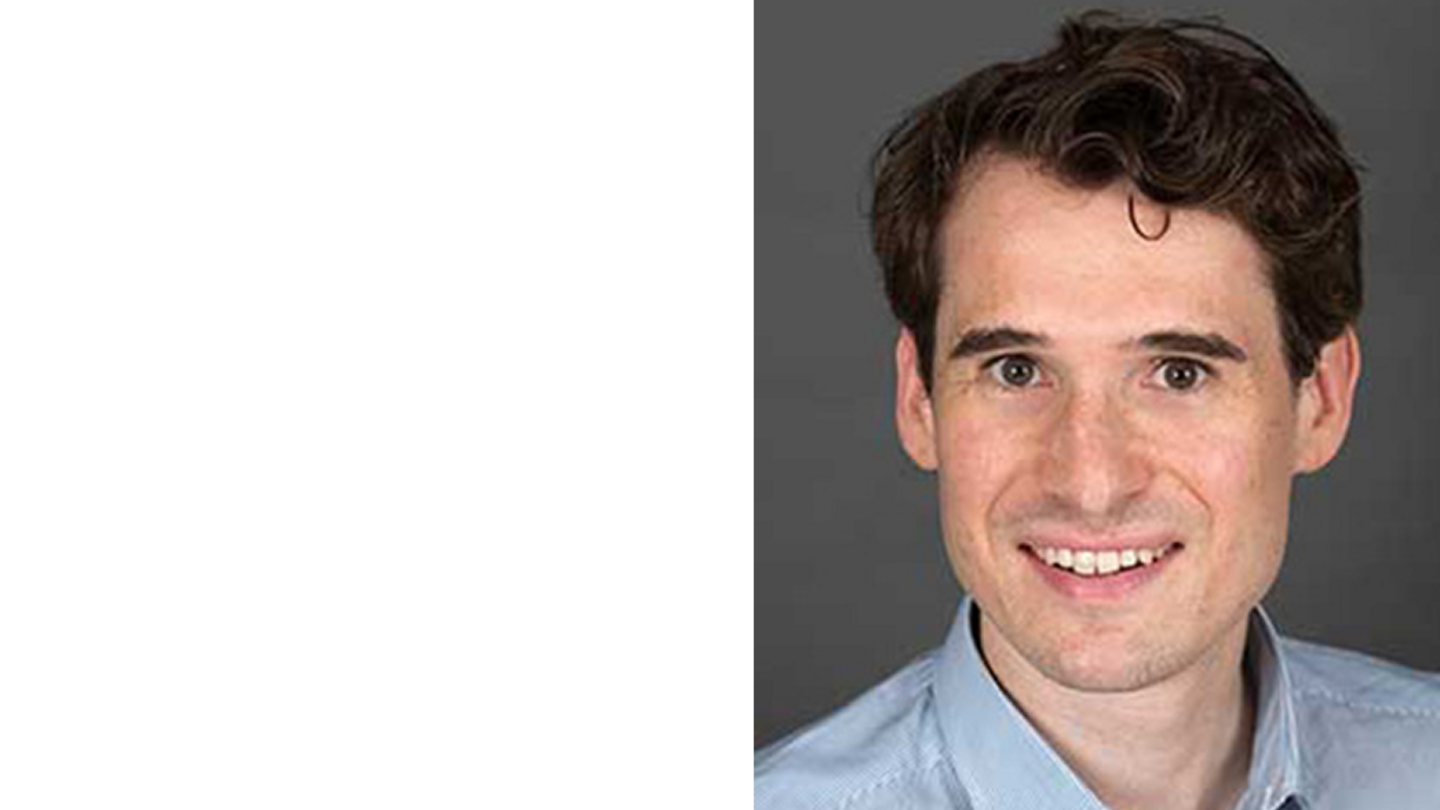Clinical trial at St. Paul’s Hospital investigates tailored drug for rare heart condition
New medicines are tested for safety and efficacy in clinical trials, the first steps toward gaining regulatory approval and becoming available to patients. At St. Paul’s Hospital, cardiologist and clinician scientist Dr. Thomas Roston led a Phase 2 clinical trial investigating a new drug developed to treat a rare inherited heart rhythm disorder, with the ultimate goal of making a specifically designed treatment available to patients.
Clinical Trials Heart | Grace Jenkins

New medicines are tested for safety and efficacy in clinical trials, the first steps toward gaining regulatory approval and becoming available to patients. Clinical trials are made possible by scientists, healthy volunteers and patient participants, paving the way for new treatments that could improve the lives of people worldwide.
At St. Paul’s Hospital, cardiologist and clinician scientist Dr. Thomas Roston led a Phase 2 clinical trial investigating CRD-4730, a new drug developed to treat catecholaminergic polymorphic ventricular tachycardia (CPVT), a rare inherited heart rhythm disorder, with the ultimate goal of making a specifically designed treatment available to patients.
Rare heart condition can cause sudden death
CPVT causes episodes of ventricular tachycardia, an abnormally fast heartbeat in response to physical activity or stress, that can lead to fainting and cardiac arrest. Symptoms typically begin in childhood, and if untreated, these episodes can potentially be fatal.
Erin Nanninga, 25, was diagnosed by CPVT in 2012. Despite frequent medical appointments and fatigue after physical activity, Nanninga lives a normal life in Northern BC.
“I do everyday activities – I have a full-time job, I go hiking, I go fishing,” says Nanninga. “I don’t let the heart condition define me.”

Clinical trial participant Erin Nanninga
Currently, CPVT is managed using medications originally designed for other heart conditions, which often cause side effects that impact quality of life and medication adherence.
“We’ve learned over time that these medications can be fairly effective with CPVT, but they do come with side effects,” says Dr. Roston. Additionally, not all patients respond to these treatments.
Many CPVT patients would benefit from novel therapies specifically designed to treat their condition – like, potentially, CRD-4730, a medication developed by Cardurion Pharmaceuticals.
This new drug was evaluated in a multi-centre Phase 2 clinical trial, in which St. Paul’s Hospital was one of several international sites. In addition to Dr. Roston, the research team included co-primary investigator Dr. Andrew Krahn, and Research Coordinator Sena Youn. The trial tested for safety, tolerability, and whether the medicine improved CPVT symptoms in patients, marking an important step towards determining whether CRD-4730 could become an approved therapy.
Patient participants are vital to clinical trials, but participating can pose challenges
Nanninga contributed as a patient participant in this trial. Initially, she joined out of the motivation to help others with the condition, but an initial screening for the trial revealed she was less stable on her current medications than she and her doctors had thought. The possibility that CRD-4730 could benefit her directly cast the trial in a new light.
Participating in a clinical trial can be challenging. As Phase 2 trials require significant safety and efficacy monitoring, depending on where they live, a patient may need to travel to the clinic location repeatedly for full-day testing appointments.

Dr. Thomas Roston
“We’re very appreciative of those patients who are willing to participate, because it’s not entirely as simple as it may seem,” says Dr. Roston.
In this trial, the patient would take the medication and undergo treadmill exercise tests – something likely to trigger a CPVT episode without treatment. This would indicate how effective the medication is at treating CPVT.
For Nanninga, the most challenging part was the need to eat a large breakfast – current restrictions on the medication require patients to consume a high-calorie meal before taking it.
“Everything else, I was so used to doing, with all of my medical stuff – but eating a very large breakfast and then taking the meds was hard, probably the hardest part of the whole trial,” says Nanninga.
She did not experience significant side effects from CRD-4730 and noticed improved energy after the exercise tests than when on her normal medication.
“I wasn’t so pale, and I could actually do things afterward,” says Nanninga.
Enabling advances for the next generation
The involvement of patient participants in clinical trials makes it possible to test and approve new treatments. This participation is a significant act of generosity with the potential to benefit people worldwide.
“I would just say how grateful we are for patients to be willing to participate in these studies,” says Dr. Roston. “To come and do a clinical trial, potentially in a different city, to dedicate several weeks or months to participating. They are giving back to the field through their own generosity, because there’s no guarantee they’ll benefit. I think it’s wonderful, and it speaks volumes to what this patient community is willing to do to try to advance things for the next generation.”
The future of CPVT research
Once the results of this trial, which recently completed, have been published, Dr. Roston hopes that the next-phase trial will move forward within the next year. Long term, Dr. Roston hopes to be able to transition patients from treatments that are less effective and have significant side effects to therapies specifically designed to treat CPVT. He is in discussions with the new Phase 1 Clinical Trials Unit at Mount Saint Joseph Hospital about bringing a trial of a gene therapy for CPVT to Vancouver, which could potentially offer a long-term cure.
“We want to be much more precise and targeted in the way we treat these conditions,” says Dr. Roston. “I think there will be more opportunities – not just with this novel molecule, but with new molecules, potentially with gene therapies, that will be very exciting for our institution.”